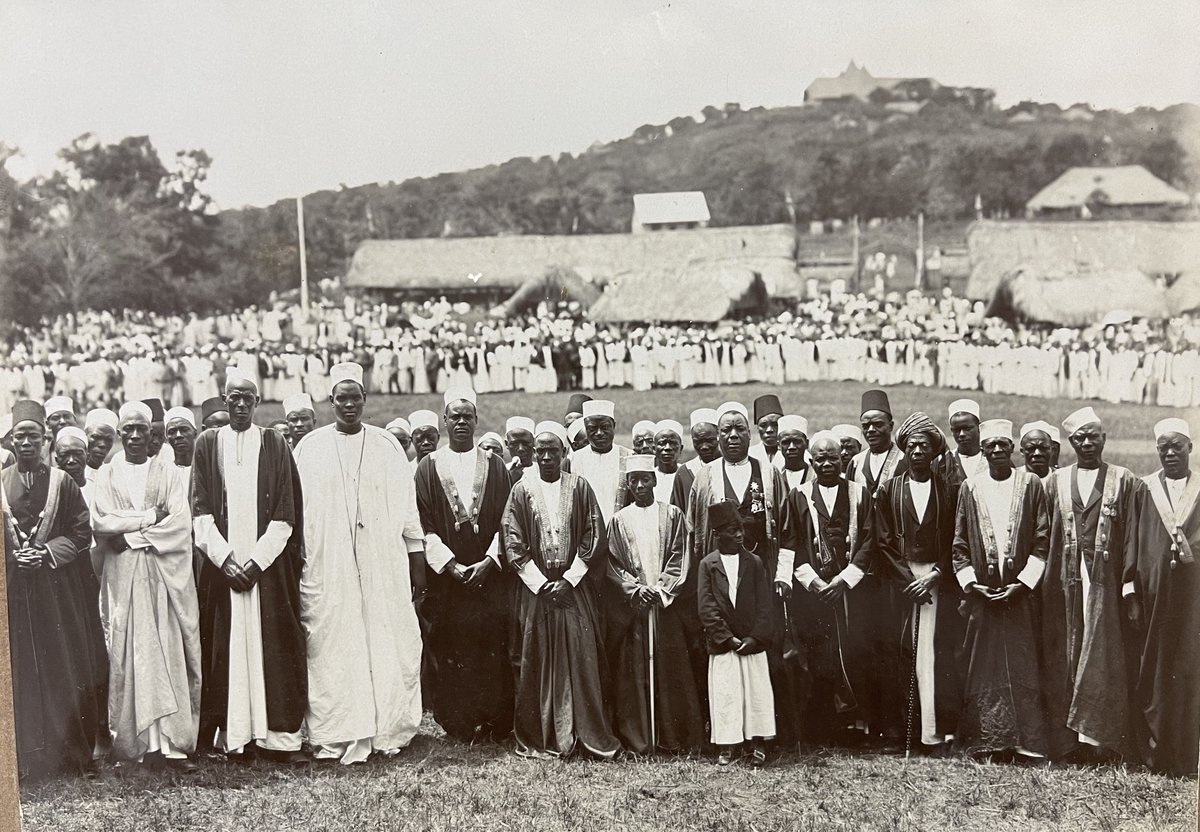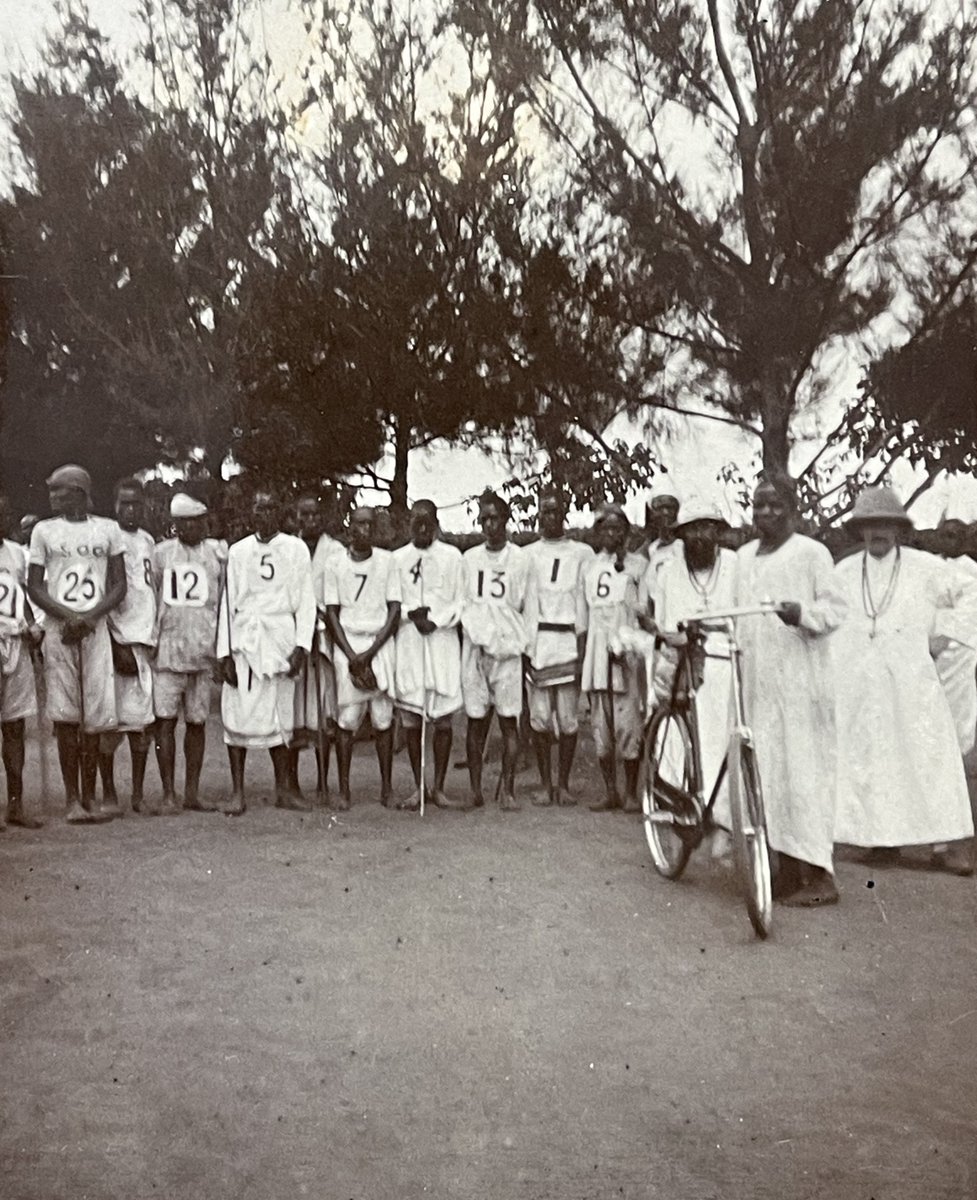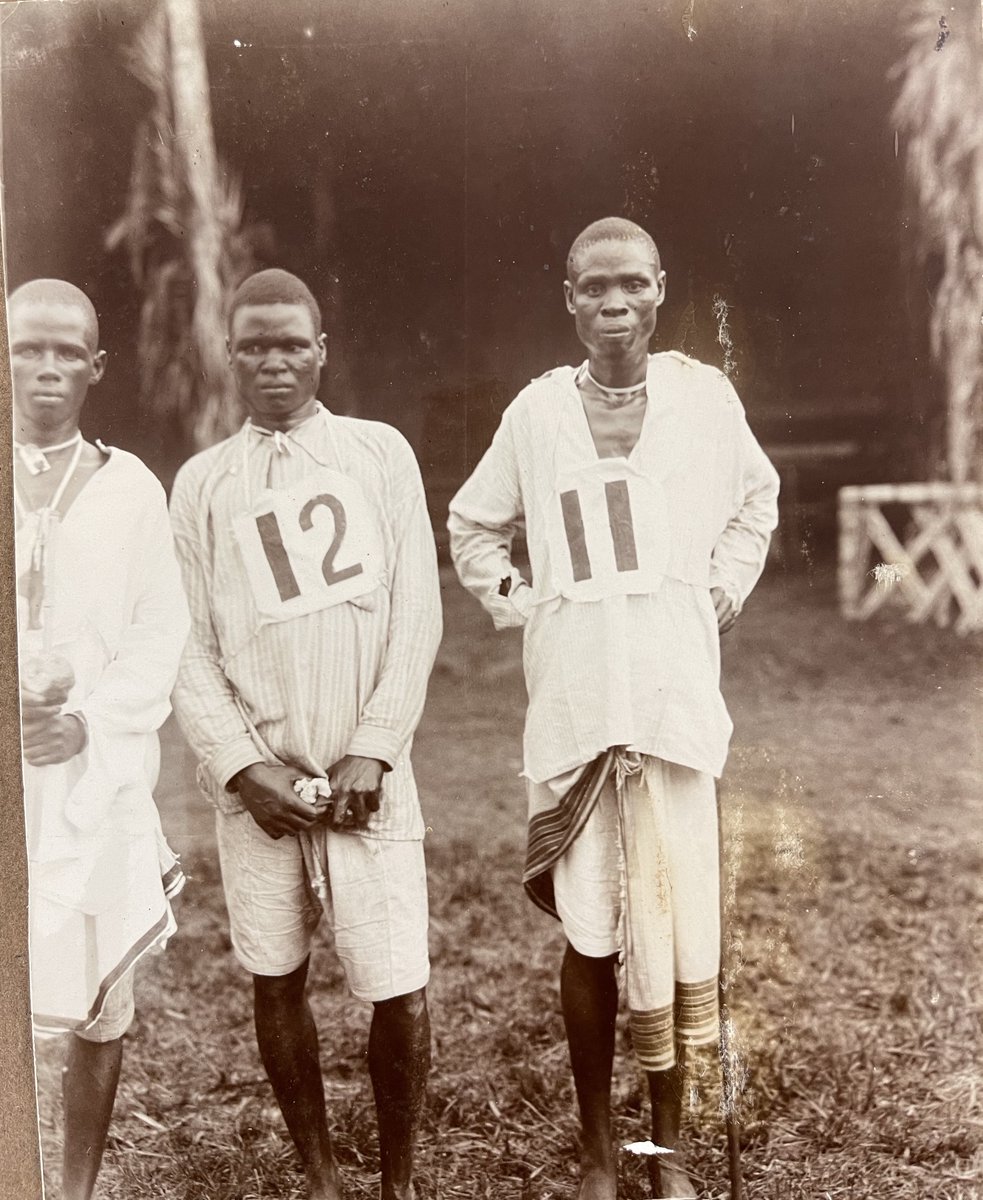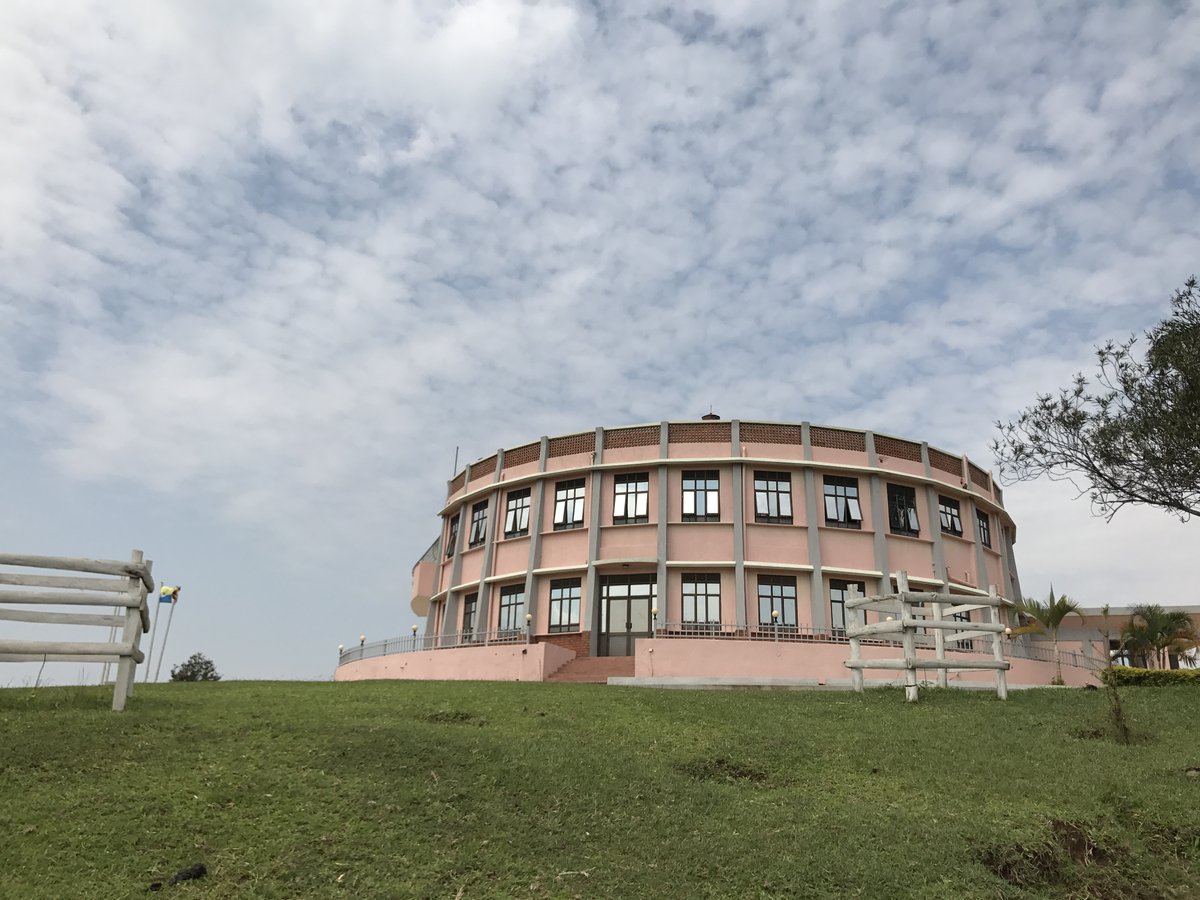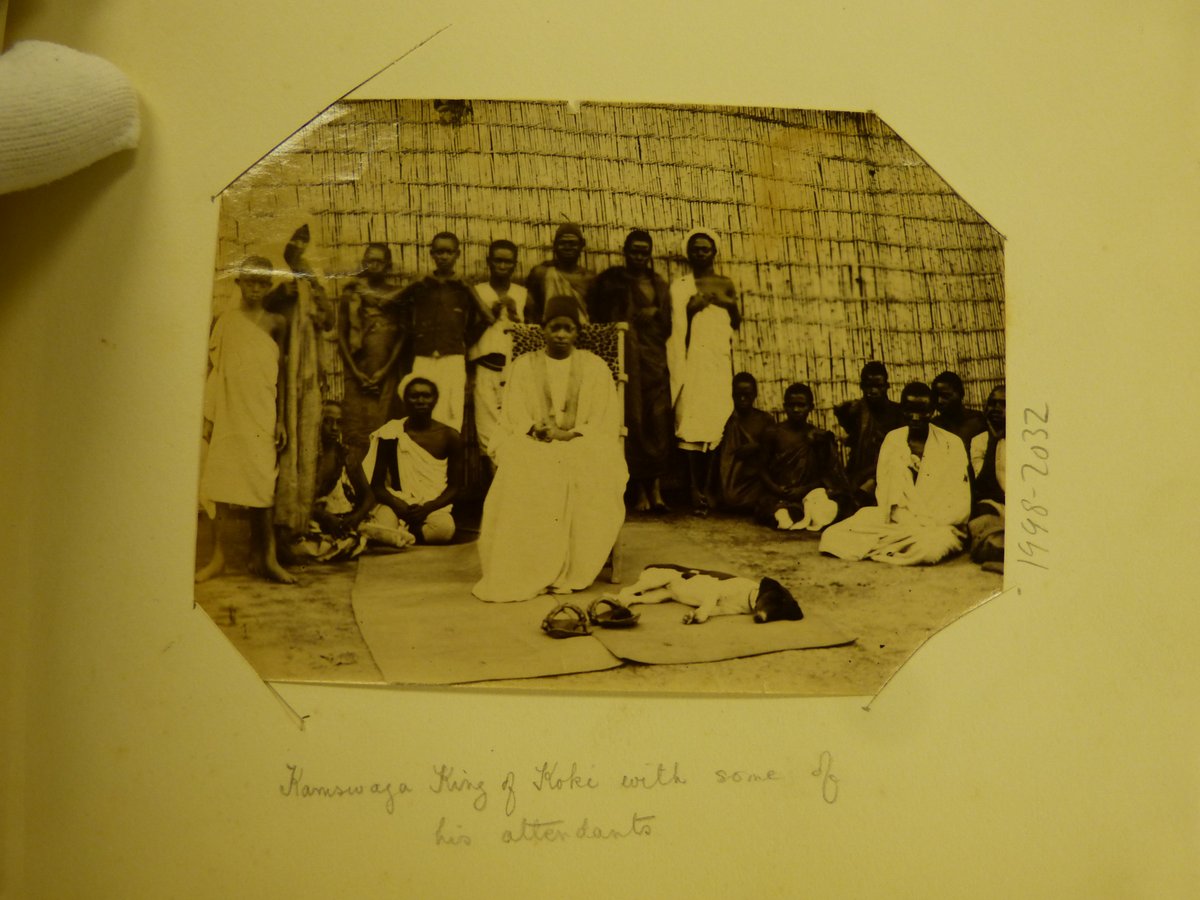
On #EarthDayEveryDay #EarthDay21 a short thread on an often-overlooked chapter of the history of elephants in Uganda. There was a long history of interacting and hunting elephants in precolonial Uganda. 1/11 

Colonial empires, of course, were predicated upon the assumption that the natural world could be tamed and regulated. Elephants were not exempt. Sir Hesketh Bell was Uganda’s commissioner/governor between 1907 and 1910. 2/11
He was largely remembered in vernacular histories for his association with Sleeping Sickness and the introduction of cotton and motor cars. Bell believed that by demonstrating superior knowledge over the natural world, 3/11
colonial administrators could assert political and religious authority over communities. Here, in two staged photographs, a python and crocodile are sneaking up on a sleeping and unsuspecting Bell. 4/11
Bell’s diaries show that toward the beginning of his tenure, he had an elephant imported from India. He noted: “It is a female and, according to her passport she rejoices in the name of Futki.” 7/11
Futki was accompanied by two trainers, whose task was to show how elephants could be used for labour and transportation in Uganda. The plan failed. “Futki has been behaving pretty well during the past few days, but we soon found, 8/11
that for various reasons, using her to train the heavy wagon was not a success.” But Bell would not completely relent. Numerous royals throughout Uganda were offered a ride on Futki before the plan was completely abandoned. 9/11
In these photographs, we see Futki on the grounds of the Governor’s Residence. The opening image is the King of Tooro, Omukaka Daudi Kasagama Kyebambe III, riding Futki. 10/11 

CORRECTION: With apologies, Omukama, not Omukaka (a typo).
• • •
Missing some Tweet in this thread? You can try to
force a refresh




